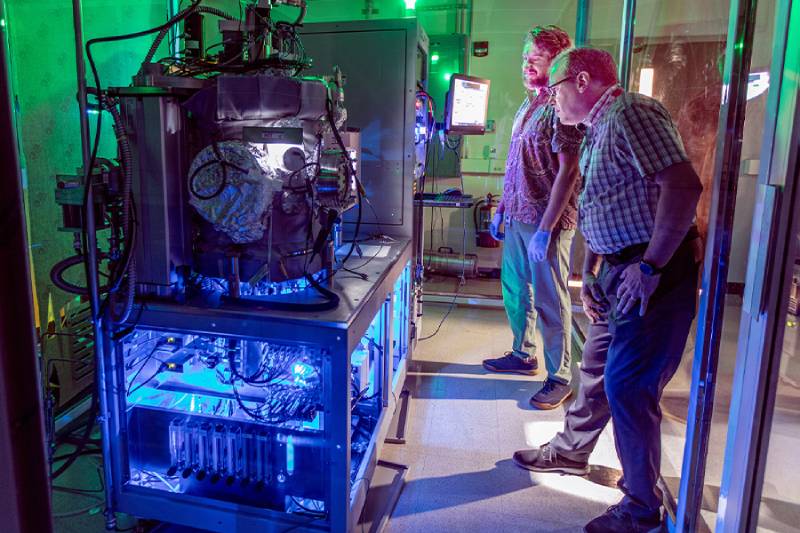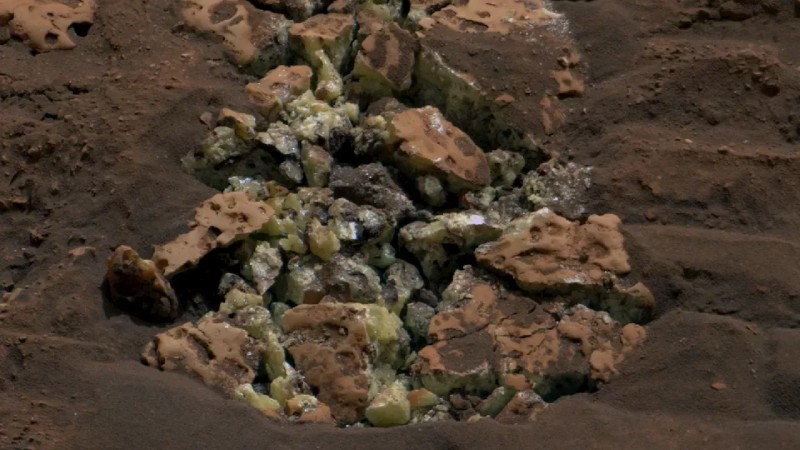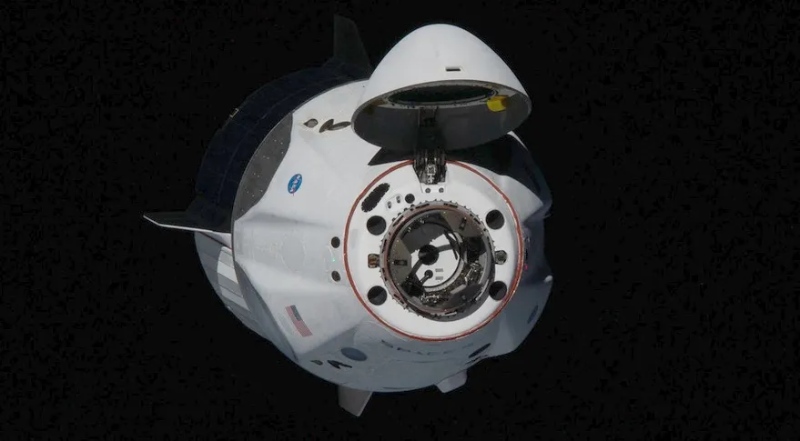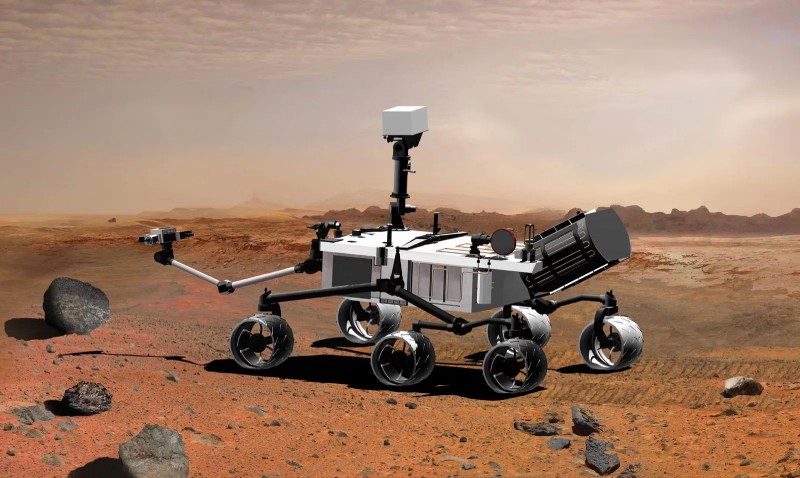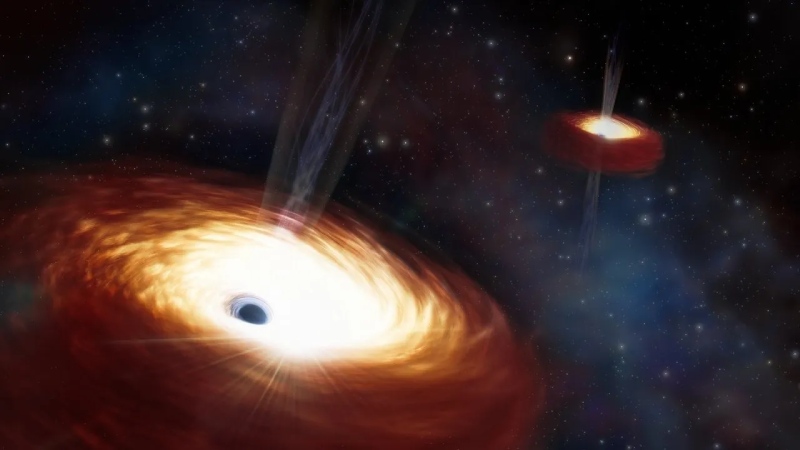Superfluids are an interesting area of study in contemporary physics. Superfluids, famed for their frictionless flow and governed by quantum mechanics, have fascinated scientists with their remarkable features and wide-ranging uses.
Professor Wei Guo’s team of engineers at FAMU-FSU College of Engineering has made significant progress in their investigation of the motion of vortices in these quantum fluids. Their research of the behavior of the vortex rings in superfluid helium, which was published in Nature Communications, offers vital proof in favor of a recently created theoretical model of quantized vortices.
Guo stated that “our findings answer difficult issues and improve our comprehension of vortex dynamics in the superfluid.”
Quantized vortices—thin, hollow tubes resembling miniature tornadoes—are a crucial component of superfluids. These have a big impact on phenomena like the turbulence in superfluid helium and rotational hiccups in neutron stars. However, it has been difficult to precisely forecast how vortices will move.
The study team used deuterium tracer particles that had hardened and been captured in the vortex rings to remedy this. They were illuminated by an imaging laser in the shape of a sheet, and the researchers took exact pictures of them to measure their motion.
Additionally, the researchers ran simulations with a number of theoretical models and showed that only the recently suggested self-consistent two-way model, or S2W model, faithfully reproduced the vortex ring motion. The ring should contract as it interacts with the thermal environment, but the S2W model predicts that it will do so more slowly than earlier models.
“That was exactly what we saw,” said Yuan Tang, a postdoctoral researcher at the National High Magnetic Field Laboratory, which has its headquarters at Florida State University. This study offers the first experimental proof in favor of the S2W model.
This discovery’s importance goes beyond superfluid helium. The proven S2W model has promise for use in additional quantum-fluid phenomena, such as superfluid neutron stars and atomic Bose-Einstein condensates.
“We are excited about the possibilities that the S2W model offers for future studies,” Guo stated. “Now that its validity for superfluid helium has been established, we intend to apply this model to other quantum-fluid systems and explore new scientific problems.”
Co-authors on the study were Toshiaki Kanai, a graduate student at FSU, Makoto Tsubota, and Satoshi Yui from Osaka Metropolitan University, as well as Hiromichi Kobayashi from Keio University.
The National Science Foundation, the Gordon and Betty Moore Foundation, and the Japan Society for the Promotion of Science also provided funding for this project.
Topics #engineering #FAMU-FSU #Helium #New research #Research #superfluid
